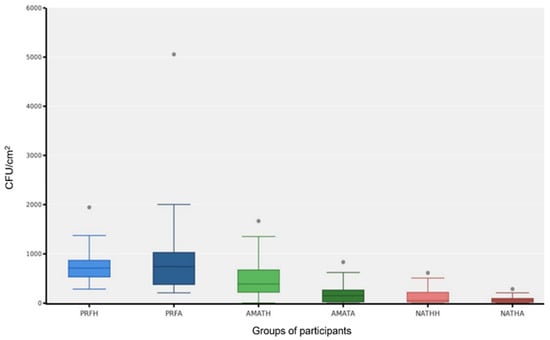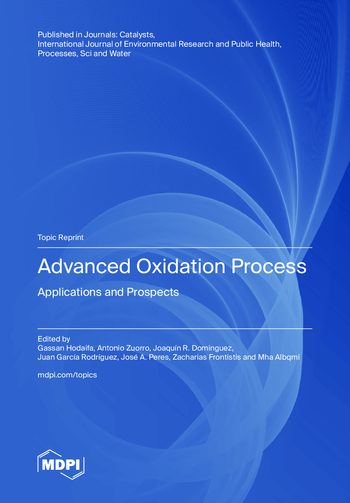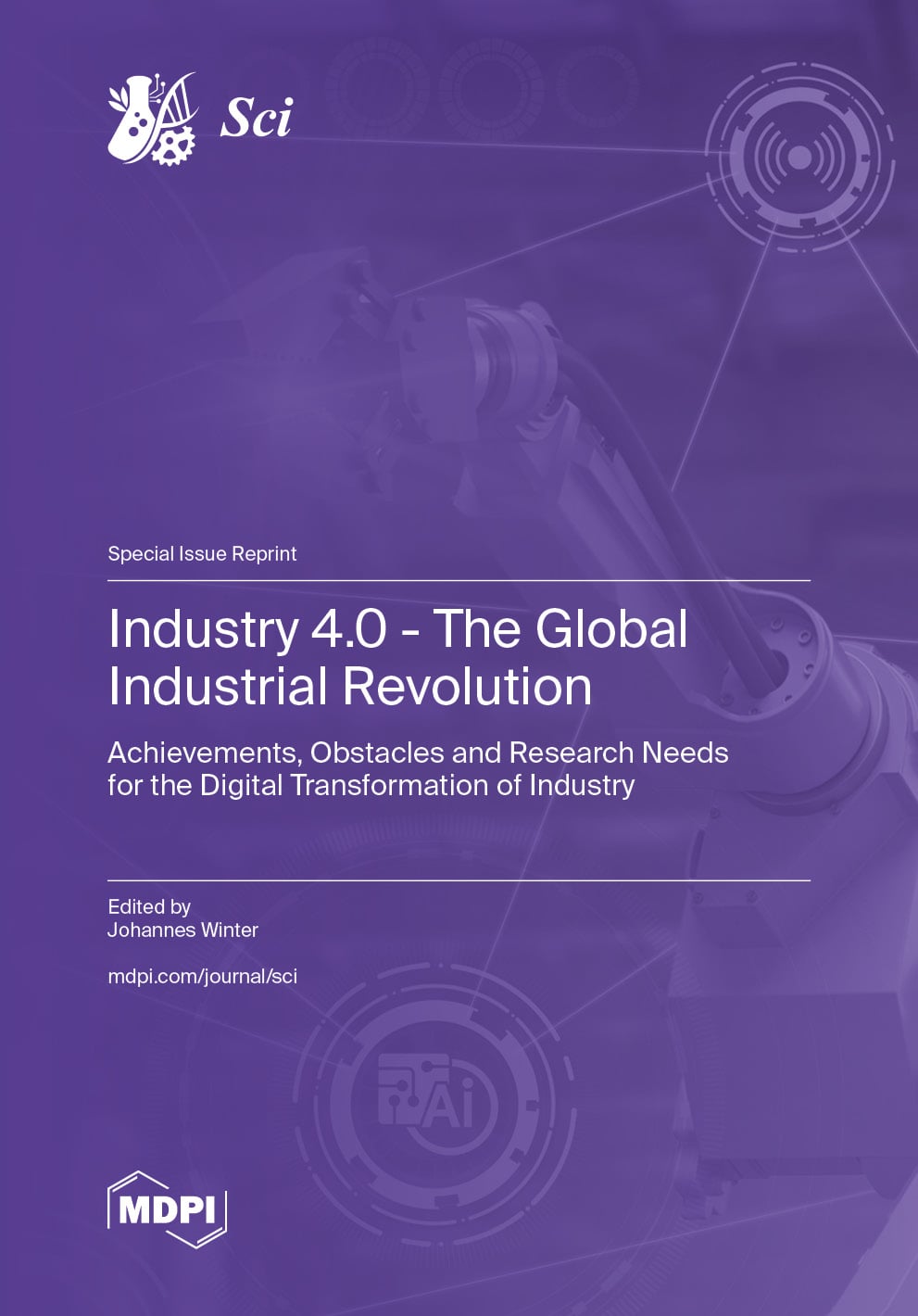- Article
Comprehensive Analysis of Skin Microbiome and Antimicrobial Peptides in Professional Hockey Players with Acne and in Normal Condition
- Anna Dzhadaeva,
- Vera Arzumanian and
- Anna Glushakova
- + 5 authors
Intense training loads alter the skin microbiome and defence mechanisms in athletes, yet adaptation profiles remain insufficiently characterised. This study evaluated the relationships between skin bacterial microbiome structure, antimicrobial activity, dermcidin levels, and acne severity in male professional hockey players compared with amateur athletes and non-athletes. One hundred men (18–57 years) were examined and allocated to six subgroups by exercise intensity and acne status. Microbiota composition was assessed by culture-based methods and MALDI-TOF identification, antimicrobial activity measured spectrophotometrically, dermcidin quantified by ELISA, and sweat proteome characterised by HPLC-MS. Staphylococcus epidermidis and Micrococcus luteus predominated in all groups. Exercise intensity, rather than acne, was the main determinant of total bacterial colonisation, which increased approximately tenfold from non-athletes to professional hockey players. In non-athletes, higher antimicrobial activity correlated with greater acne severity, whereas in professionals this relationship was absent and dermcidin levels showed an inverse association with acne severity. Proteomic analysis identified 17 polypeptides; dermcidin and prolactin-inducible protein were dominant in all groups, and calprotectin (S100-A8/A9) was detected exclusively in healthy professionals.
19 December 2025




